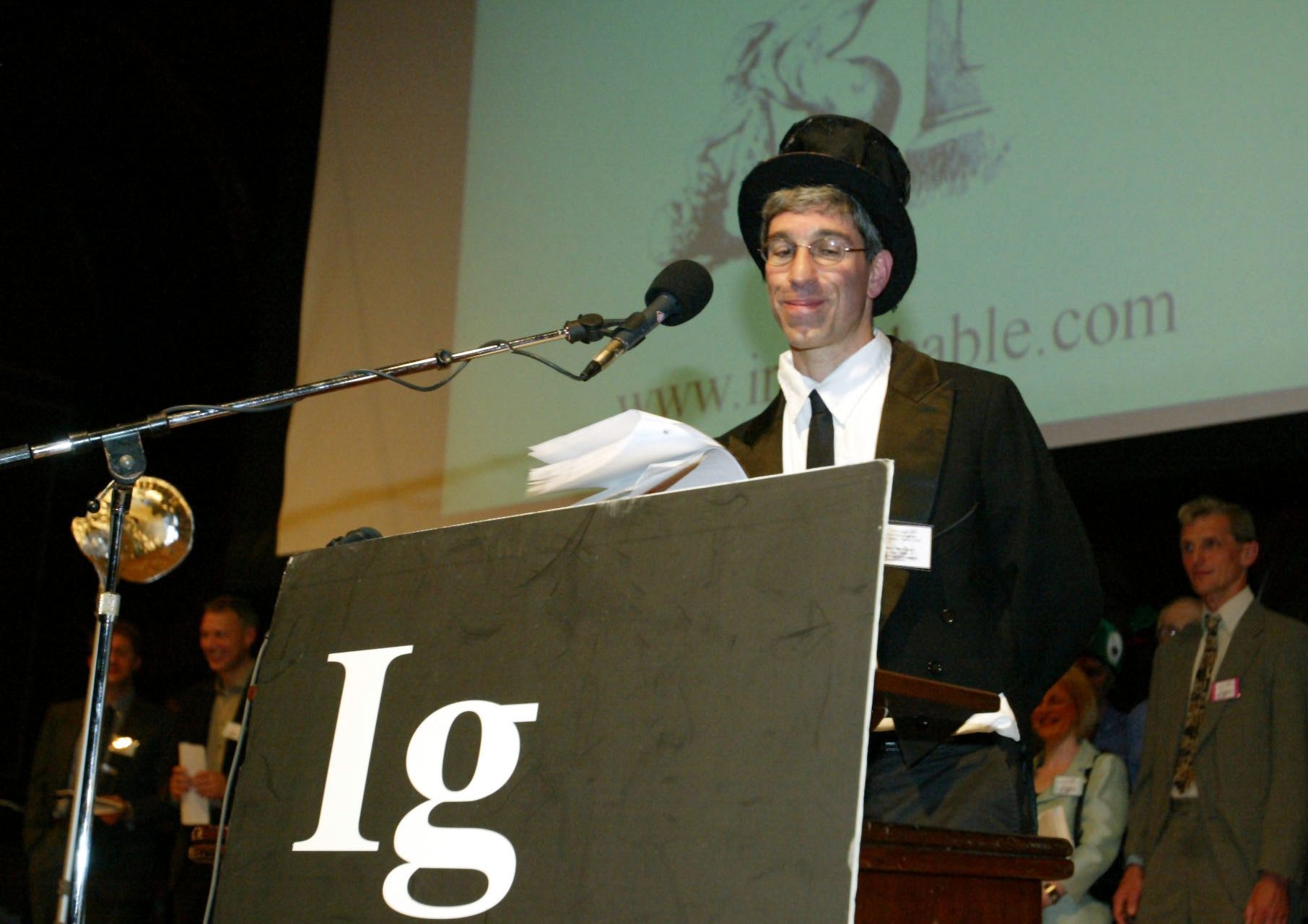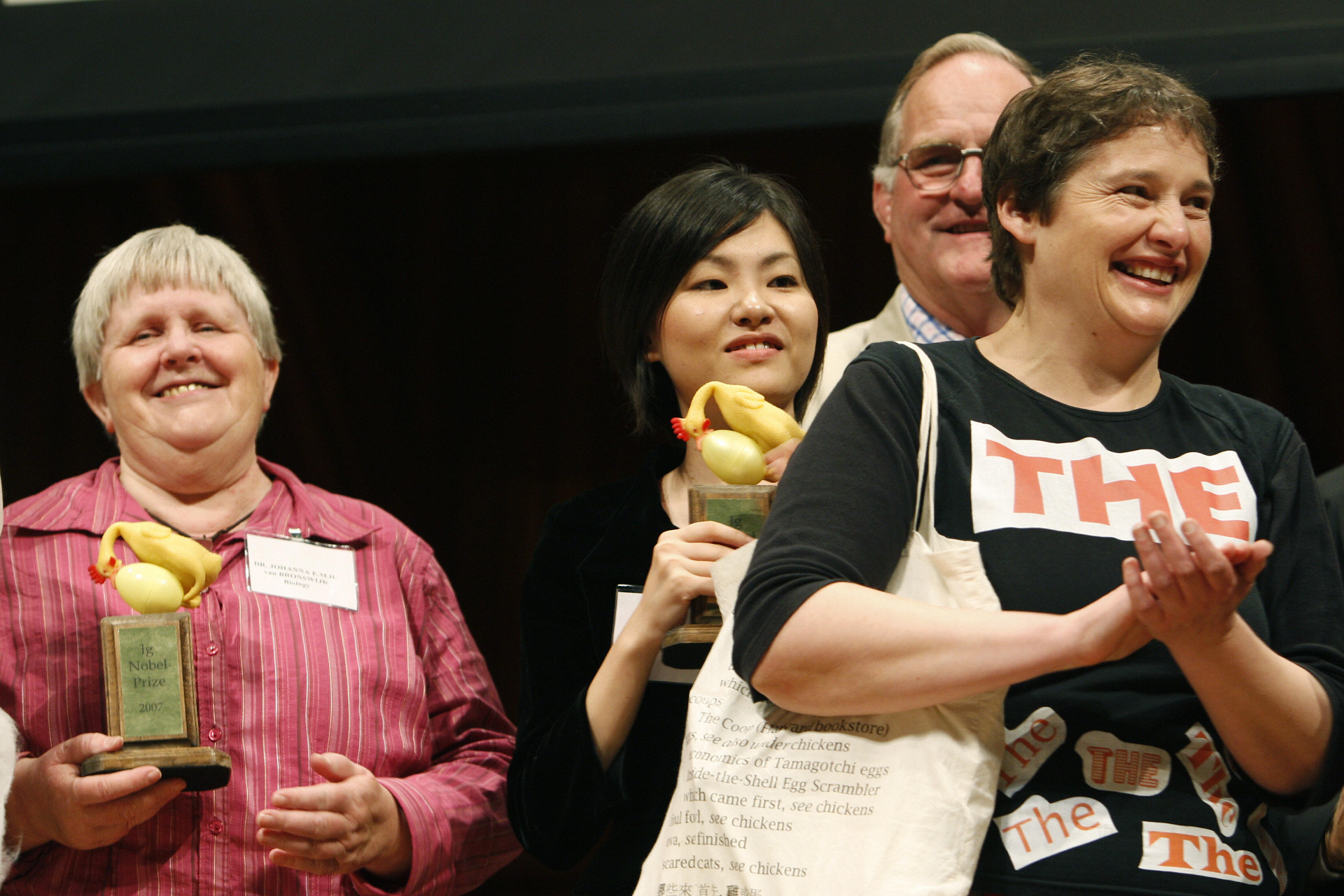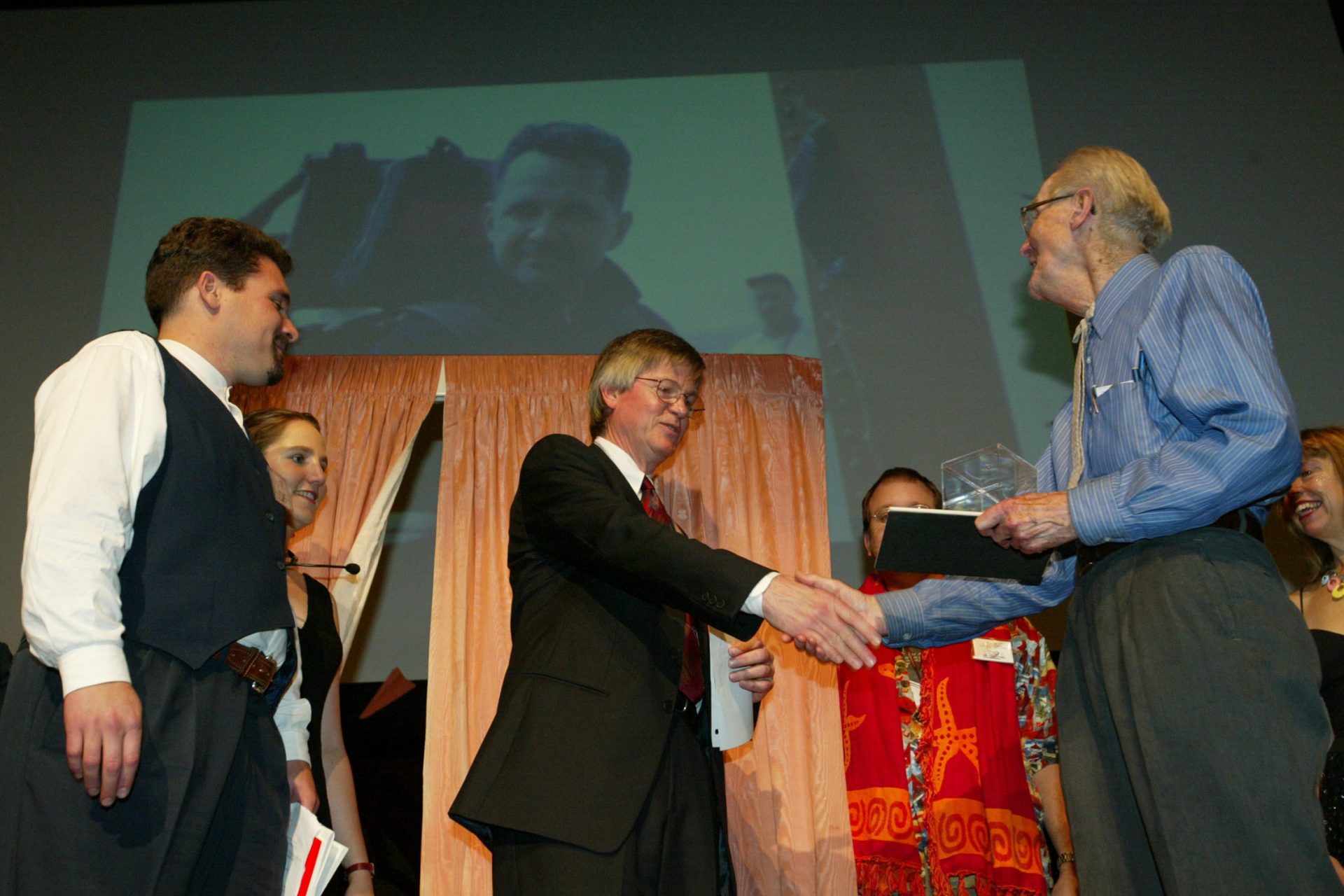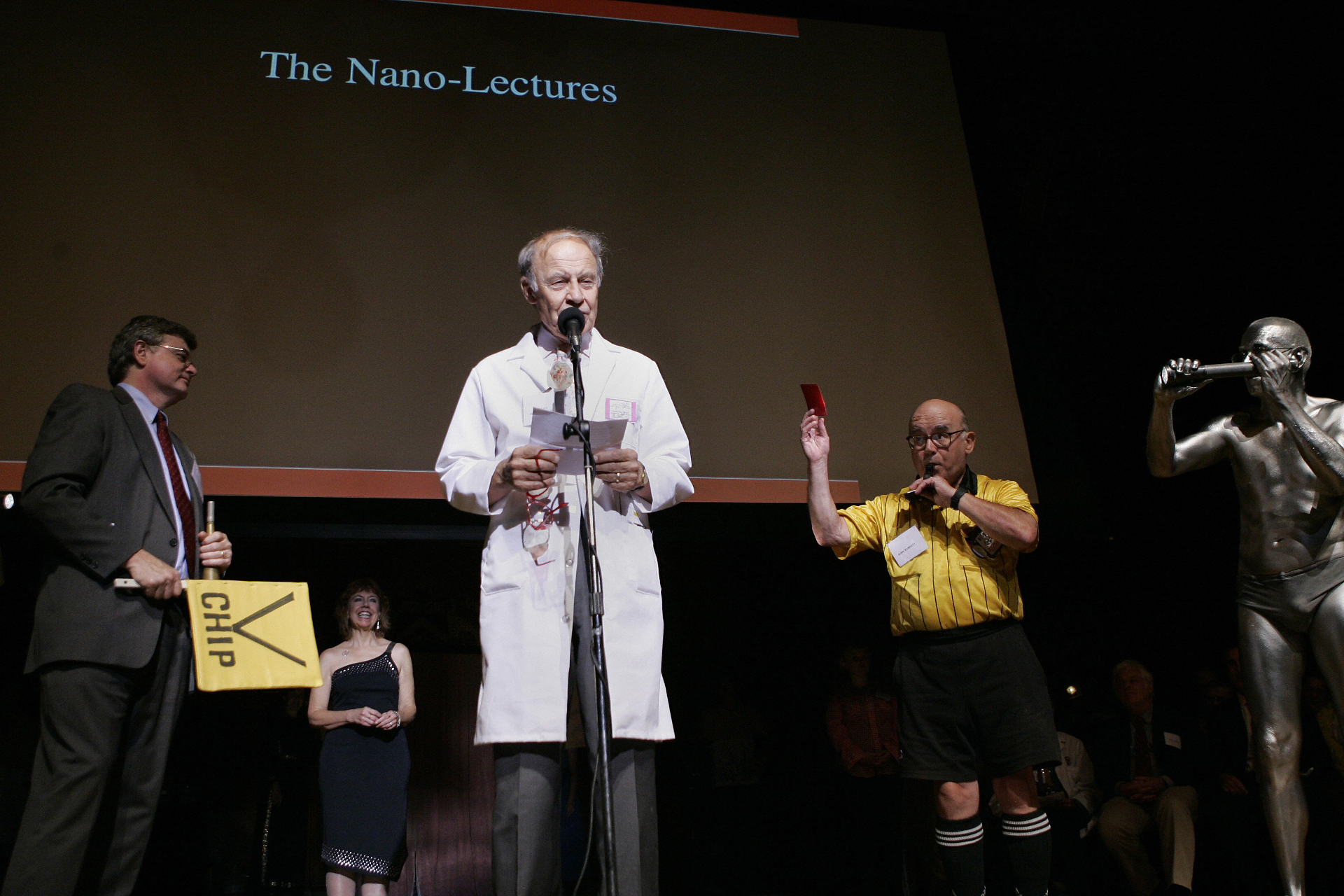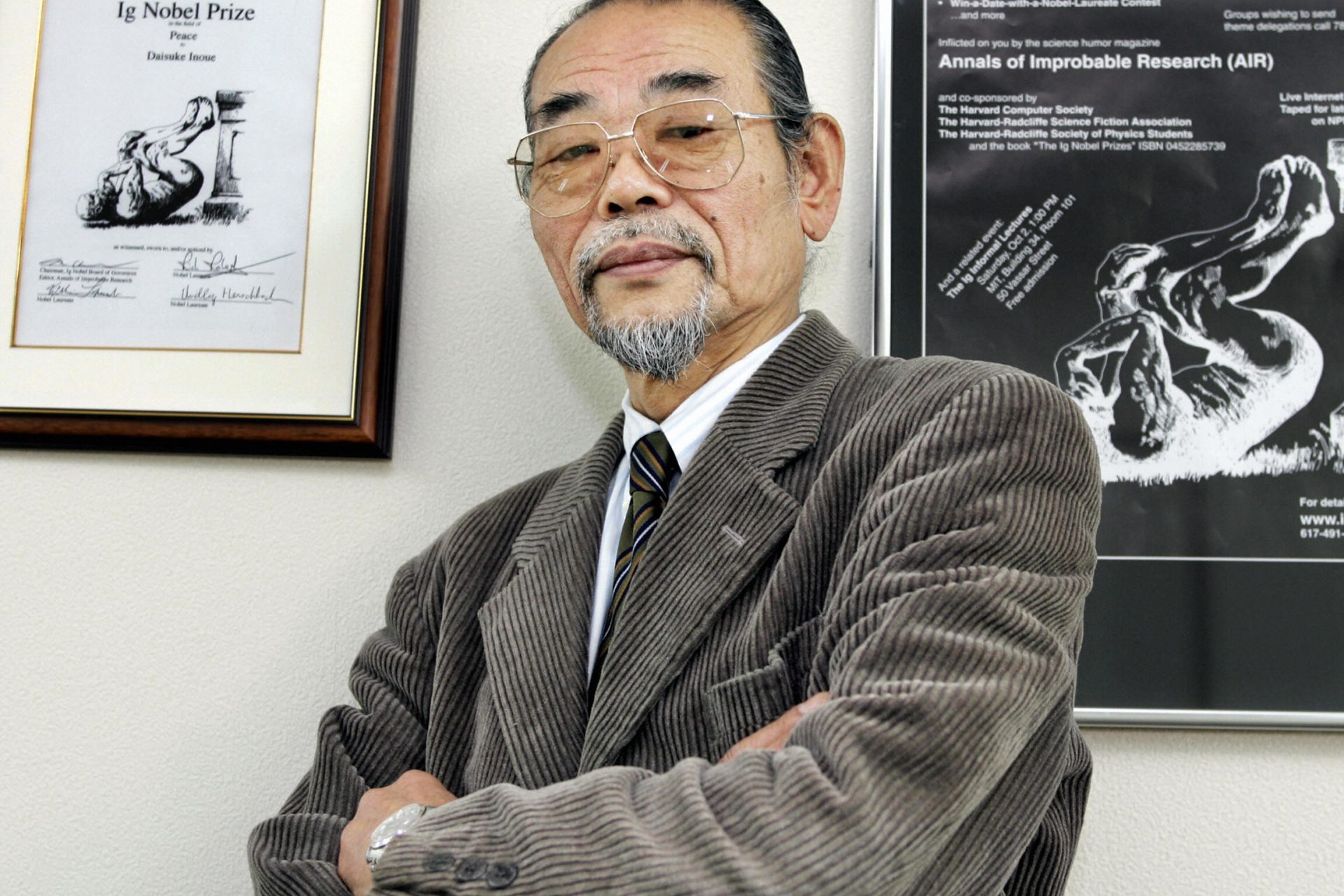The IG Nobel Prize: awards bizarre and absurd science
Socially, science is considered boring and serious, but researchers have a sense of humor, and they like to show it in an unexpected way.
Every year, the Ig Nobel Prize celebrates quirky and fun science. It is awarded to teams or researchers who look into unusual or seemingly trivial issues.
The satirical scientific magazine Annals of Improbable Research handles the awards. Its creator, Marc Abrahams, says they celebrate science that "first makes you laugh, and then makes you think."
The first ten Ig Nobel Prizes were awarded in 1991. In each edition, scientists, politicians, and personalities receive an award in ten categories.
Real Nobel laureates hand out the awards during a ceremony in Harvard University's Sanders Theater. Since the pandemic, however, the ceremonies have been online.
In a 2004 Nature column, science communicator Helen Pilcher called Ig Nobels "arguably the highlight of the scientific calendar."
She explained that the awards allowed comedy to rip through the often sterile lab environment and allowed scientists to break the everyday "stuffiness."
Pilcher also said Ig Nobels are an exceptional opportunity to make science more approachable for a general audience and attract attention to the work of researchers worldwide.
Some Ig Nobles are awarded as satirical comments on the negative actions of politicians or pseudoscientists.
For example, after the pandemic, the leaders of Brazil, Mexico, the US, Russia, India, and Turkmenistan won an Ig Nobel for showing that politicians can have a more significant effect on public health than scientists or doctors.
Still, many Ig Nobels award creative and bizarre research that solves minor problems related to critical issues or that makes way to reach real achievements.
During a series of informal talks at MIT every year, the winners get the possibility to explain the details of their research, especially why they do it. Some have excellent reasons.
The Ig Nobel has had some notorious winners, including Sir Andre Geim, the only scientist with a Nobel and Ig Noble prize.
Geim was awarded the 2000 Ig Noble in physics for making a frog levitate using magnets. Ten years later, he won the Nobel for his research on the electromagnetic properties of graphene.
Nobel prizes cannot be awarded posthumously, but Ig Nobels can, so in 2003, the Engineering award went to John Paul Stapp, Edward A. Murphy, Jr., and George Nichols, the authors of Murphy's Law.
The inventor of the Karaoke machine, Daisuke Inoue, won the 2004 Peace Ig Nobel. The organization argued his invention provided a new way for people to learn tolerance.
More for you
Top Stories




